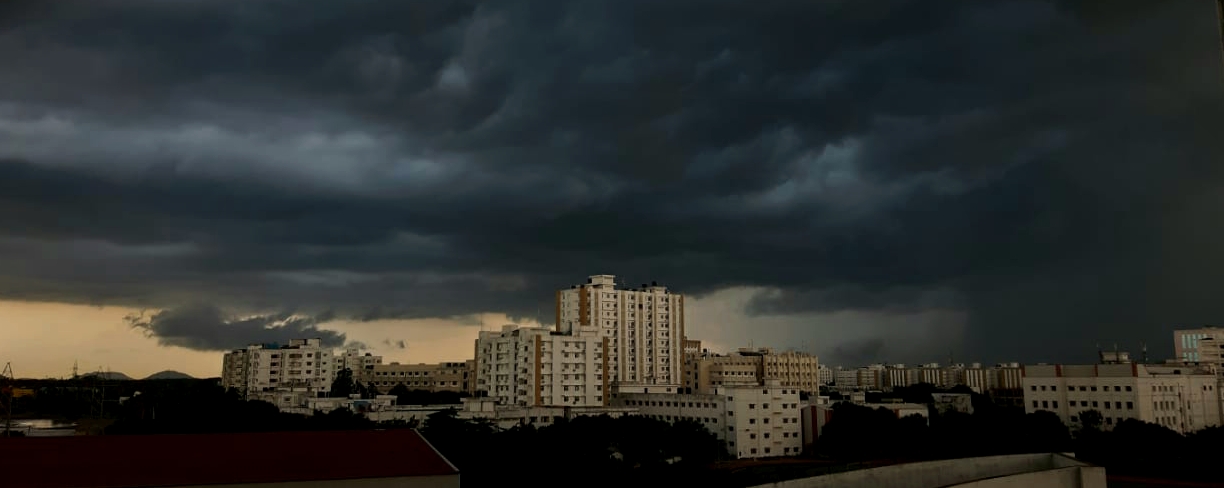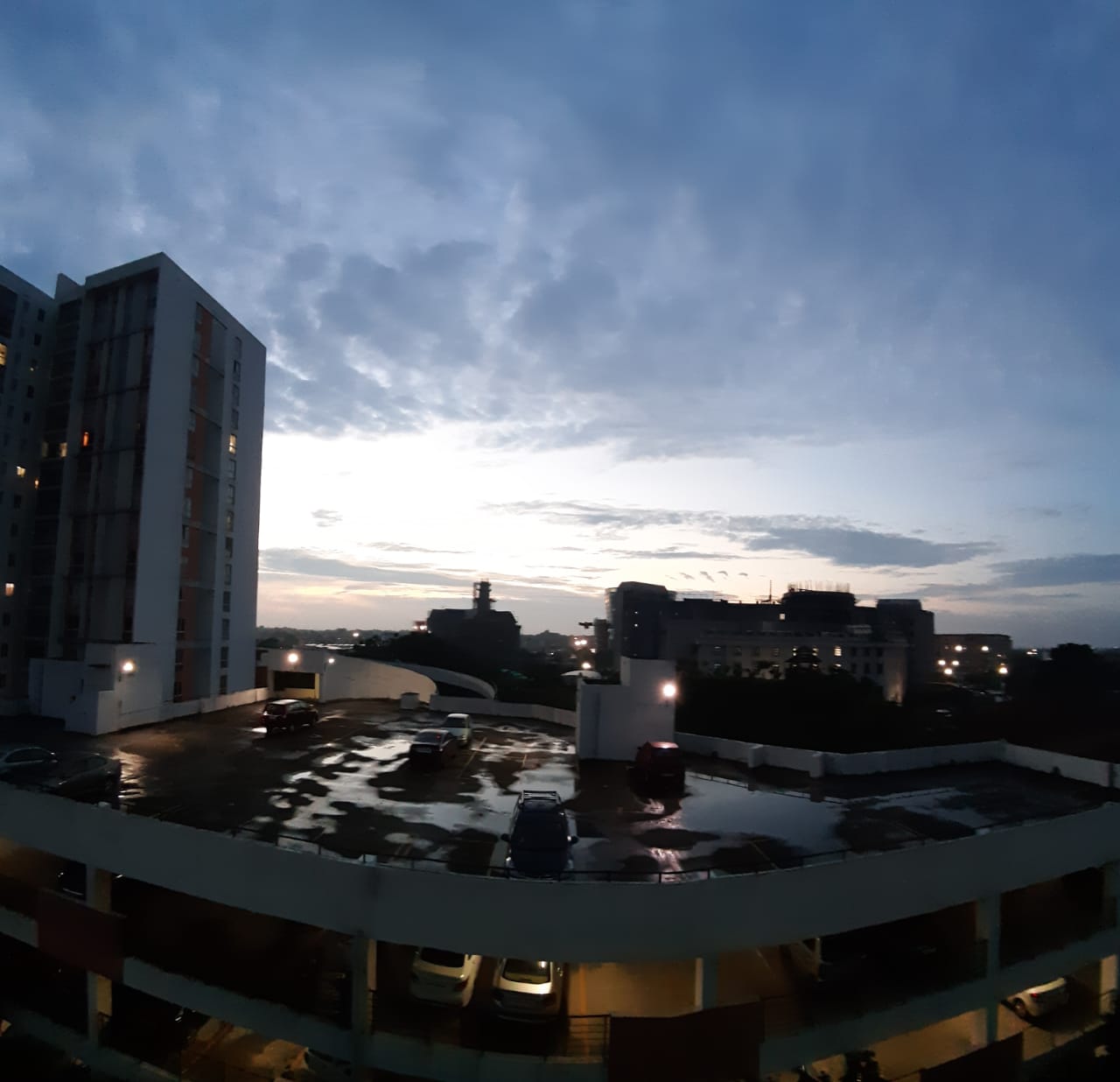 |
| The gorgeous Sun Temple of Konark |
Orissa has a special place in my life. I have spent the best part of my life in Bhubaneswar. Those were the initial years of my married life. I stayed there for almost six years. I have seen Orissa in length and breadth. I have made many friends, felt warmth of Oriya people and enjoyed the life to its fullest extent.
Those were the days when life was simple and without any complication. Smaller things used to give happiness so easily. May be demands on life are less in those initial years. My life used to revolve around my tiny one, my only daughter.
After a long gap, recently when I had an opportunity to visit Bhubaneswar, it was like a chance to live the nostalgia. A lazy stroll around the city was the first thing on my agenda. I was surprised to see the changes all around. The broad roads, fly overs, new buildings all put together the city have changed a lot. The first time I got similar surprise on the morning after that Super cyclone in 1999 when all those beautiful trees were uprooted and shaved the city of its green blanket.
The first day evening, I contacted my old friends and planned a late night drive around the city when the crowd would be lesser. I went to the house where I spent those magical six years, to the fish market which was my favourite hunt on every Sunday. I made rounds through all those places where I used to spend times with my family and friends.
Next day I planned a trip to Konark Sun Temple, approximately one and half hour drive from Bhubaneswar. I had gone there many times, but this time I had plans to capture the ancient temple in my lens.
The morning drive to Konark through the newly laid highway was a beautifully refreshing experience. It was lush green Nature all around in its best. The hanging rain clouds made it more beautiful for me.
 |
| The Sun Temple |
Every ancient temple or building tells the saga of India’s rich heritage, scientific and architectural marvel and extreme devotion. Konark Sun Temple is an outstanding proof of this. It is a 13th century Sun Temple also known as the Black Pagoda and was supposedly built by king Narasimhadeva I of Eastern Ganga Dynasty around 1250. His reign spanned from 1238 to 1264 CE. It is believed that the temple was a monument to his victory against Tughral Tughan Khan.
The temple was designed in the shape of a colossal chariot with seven horses and twenty four wheels , carrying the sun god, Surya (a popular deity in India since the Vedic period), across the heavens. In ancient times people were accustomed with the worship of two Supreme deities - one was mother Earth as Dharitri Maata and the other was the Sun, the Dharam devata. The temple was granted World Heritage Site status by the UNESCO in 1984.
 |
| The Wheels of Time |
The main attraction of the temple is its wheels located at the base of the temple. These wheels are not ordinary wheels but tell time as well – the spokes of the wheels create a sundial. One can calculate the precise time of the day by just looking at the shadow cast by these spokes. The wheels are also elegantly adorned.
Another unique feature of this temple is the presence of an iron plate in between every two stones. Massive iron beams have also been used to construct the higher floors of the temple. A 52-ton magnet was used to create the peak of the main temple. It is said that the entire structure has tolerated the harsh conditions especially of the sea because of this magnet.
 |
Visitors in the Temple
|
The temple was so oriented on the shore that the first rays of the rising sun directly fall on the main entry. These sun rays would cross the Nata Mandir and get reflected from the diamond just at the center of the idol. The diamond was positioned in the middle of this idol in the main sanctum. During the colonial period, these magnets were removed by the Britishers to get the magnetic stone.
The name Konark derives from the combination of the Sanskrit words, Kona (corner) and Arka (sun), in reference to the temple which was dedicated to the Sun god Surya. The temple is built from Khondalite rocks. The Temple is covered with sculpture consisting of deities, dancers, scenes of life at court, etc. To separate these figures are the beautiful carvings of birds and animals along with mythological creatures.
I still remember the first time when I came here with my parents during my primary school days. I was mesmerized by the idea of the temple and its architecture. The intricate carvings on the walls and the narration by the local guide put me back some hundreds of years in a child like fantasy.
The temple also presents a way to teach mortality. The Konark Sun temple has two huge lions on either side of the entrance. Each lion is shown crushing an elephant. Beneath each elephant lies the human body. Lion represents pride and elephant represents money. By looking at them it becomes clear that how both these flaws can crush a human being.
The temple was originally built at the mouth of the river Chandrabhaga, but the waterline has receded since then. The temple follows the traditional style of Kalinga architecture. It is carefully oriented towards the east so that the first rays of sunrise strikes the principal entrance.
 |
| Chariot of the Sun God |
The original temple had a main sanctum sanctorum (vimana), which was supposedly 229 feet (70 m) tall. But it has fallen off. The audience hall (Jagamohana), which is about 128 feet (30 m) tall, still stands and is the principal structure in the surviving ruins. Among the structures, which still survive are the dance hall (Nata mandira) and dining hall (Bhoga mandapa).
Two smaller ruined temples have been discovered nearby. One of them is Mayadevi Temple located southwest from the entrance of the main temple. It is presumed to have been dedicated to Mayadevi, one of the Sun god's wives. It has been dated to late 11th century, earlier than the main temple. The other one belongs to some unknown Vaishnava deity. Sculptures of Balarama, Varaha and Trivikrama have also been found at the site, indicating it to be a Vaishnavite temple. Both temples have their primary idols missing.
 |
| A Structure in front of the Temple |
I reached the temple at 7 o’clock in the morning. I stayed there a couple of hours or say, till the Sun God permitted my Photography.
The visitors here are mostly Bengalis who generally prefer to stay in Puri and visit Konark on a day’s trip along with other nearby places.
A major part of the Sun Temple structure is now in ruins. A collection of fallen sculptures can be viewed at the Konark Archaeological Museum which is maintained by the Archaeological Survey of India.
There have been several proposed theories for the collapse of the main sanctum although the date of the collapse is also not certain.
 |
| The Chayadevi Temple |
One of the most popular theory is of lodestone (piece of the mineral magnetite that is naturally magnetized) located at the top of the temple. The lodestone’s placement caused a huge damage to the temple as many vessels passing through the Konark Sea were attracted towards it. Also, this magnet used to disturb the compass of almost all the ships in the sea. So, to remove the cause of the trouble, Portuguese voyagers stole the lodestone. The displacement of the lodestone led to total imbalance and so the Konark temple fell down. But there is no historical record either of this event or presence of such a great lodestone at Konark.
As per another very popular theory, the temple was destroyed by Kalapahad (Kalapahad was the title given to a Muslim governor Sultan Sulaiman Karrani of Bengal) who invaded Orissa in 1508.
In the 16th century Ain-i-Akbari, Abul Fazl also mentions Konark being in a proper state. The account also mentions the cost of construction being 12 years of revenue.
 |
The Sun Temple, resembles a Black Pagoda
|
In 1627, the then Raja of Khurda had removed the sun idol from Konark and moved it to the Jagannath temple in Puri.
Asiatic Society of Bengal requested conservation of the temple many times but all went in vain due to different reasons until 1894, when thirteen sculptures were moved to the Indian Museum.
In 1903 when a major excavation was attempted nearby, the then Lieutenant governor of Bengal, J. A. Baurdilon, ordered the temple to be sealed and filled with sand to prevent the collapse of the Jagamohana.
In 1906, casuarina and punnang trees were planted facing the sea to buffer the site against sand-laden winds.
In 1909, the Mayadevi temple was discovered while removing sand and debris.
 |
| Sculpted walls under morning lights |
After the temple, I took a detour and returned via Konark beach (regarded as one of the finest beaches in the world), some 2Km from the temple. The same evening, I was to take the train to Kolkata for fulfilling another long cherished dream of photographing Kolkata Durga Puja; but the ticket was still on waiting list.
This trip took me back in time and I had a chance to take a dip in nostalgia albeit a very short one. Matching my nostalgic mood, it started raining from the late afternoon. Thanks to Indian Railways, my ticket to Kolkata finally got confirmed. With a heavy heart, I started my journey to Kolkata under heavy rain and cyclonic weather.























































